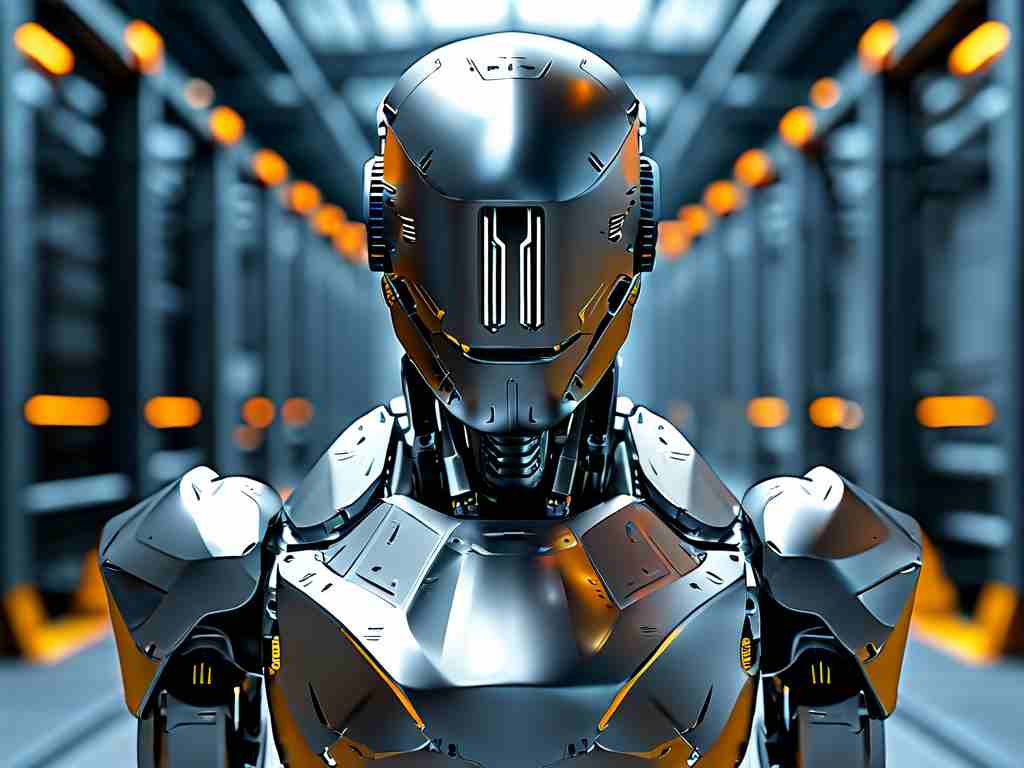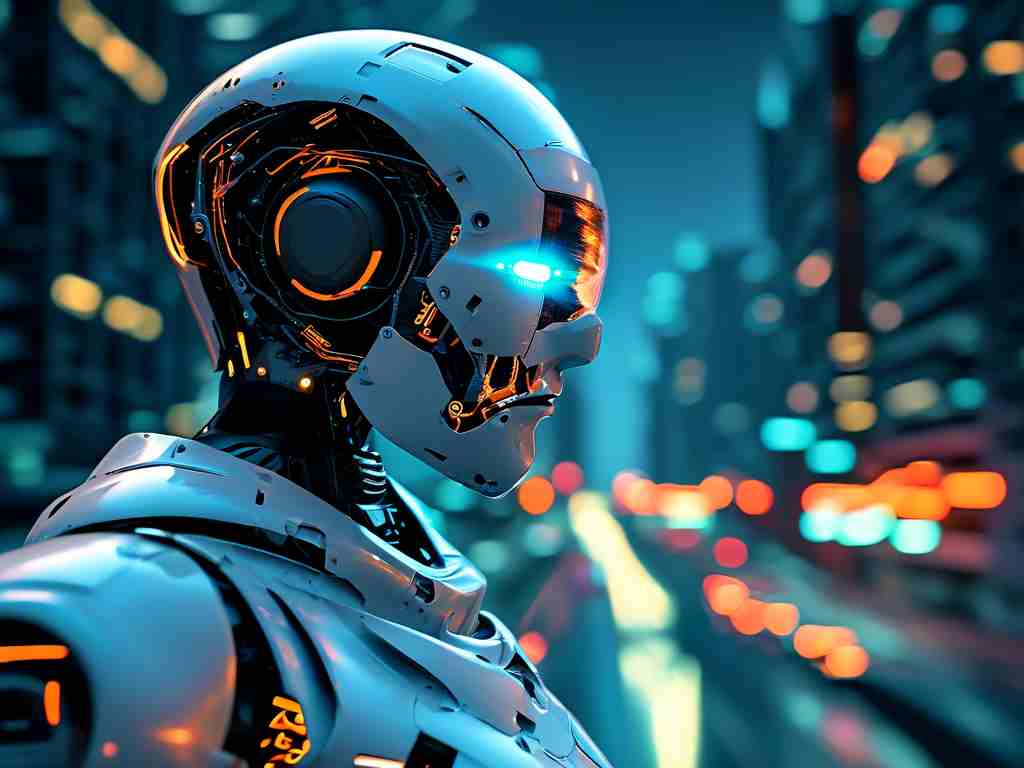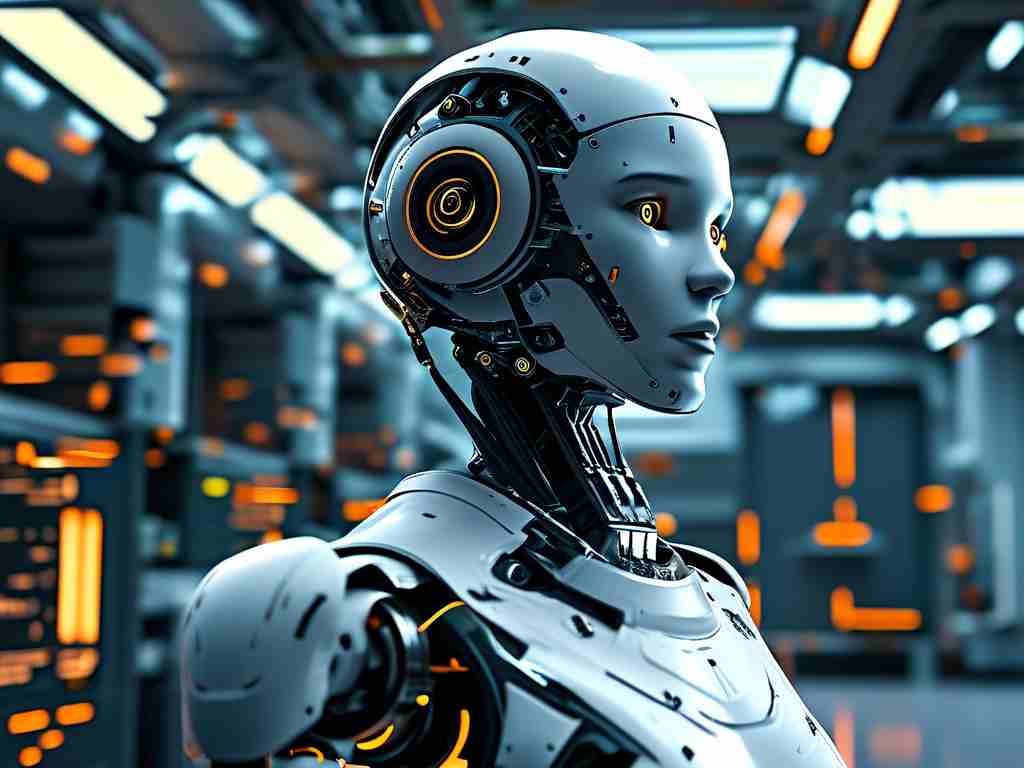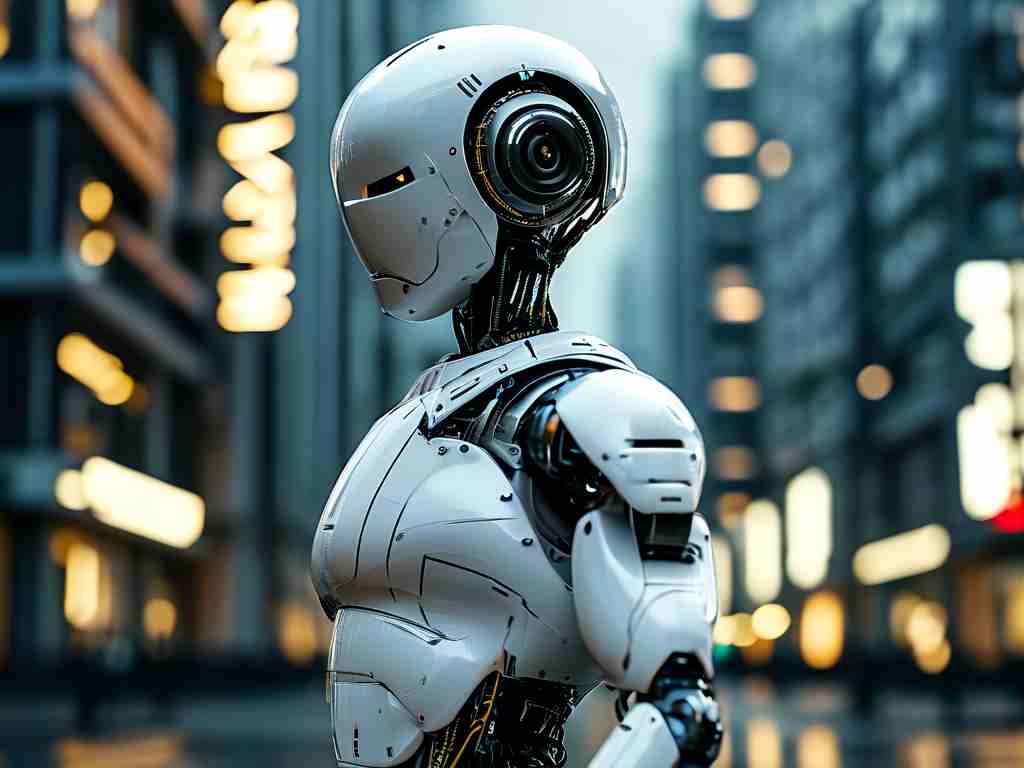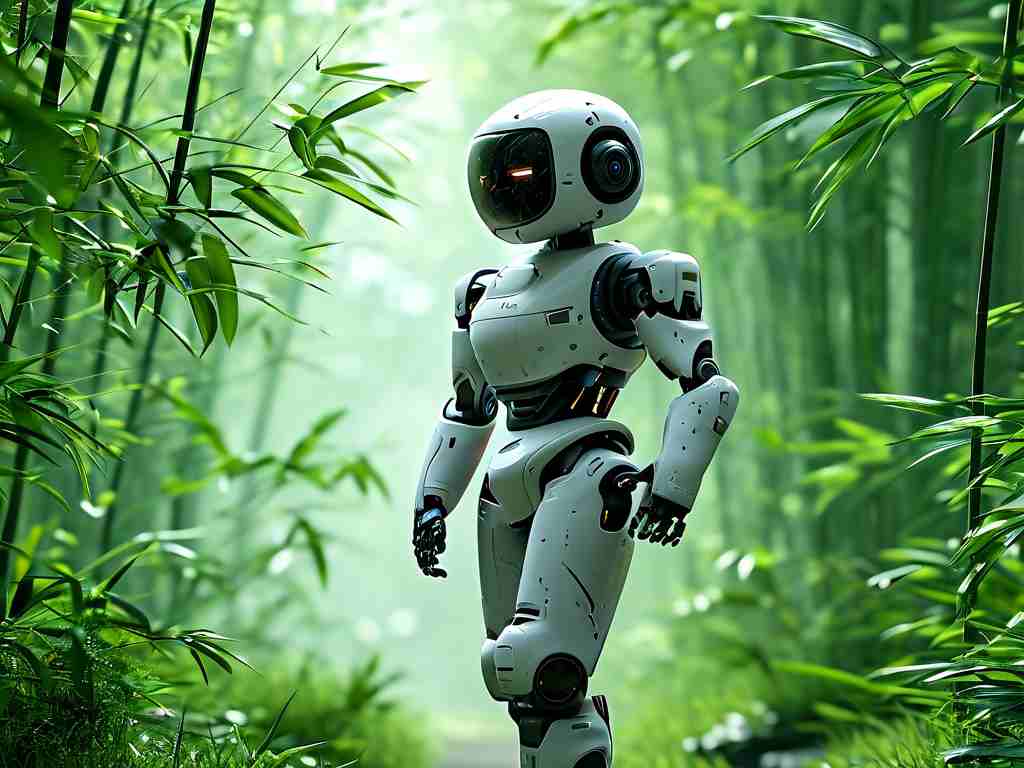Nestled within the world's shrinking bamboo ecosystems, a quiet technological revolution is unfolding. Engineers and ecologists have joined forces to develop autonomous robots equipped with advanced AI systems, specifically designed to monitor and protect these vital habitats. These bamboo forest sentinels represent a groundbreaking fusion of environmental science and artificial intelligence, offering new hope for delicate ecosystems threatened by climate change and human activity.
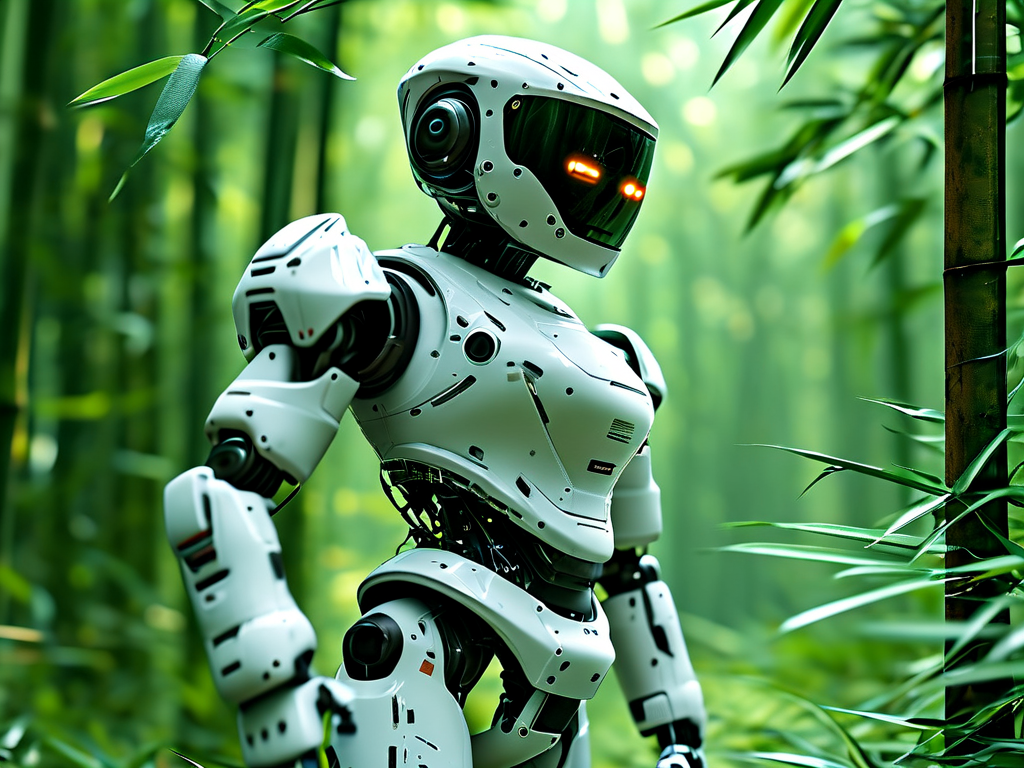
The core innovation lies in specialized terrain adaptation algorithms. Unlike conventional robots that struggle with uneven forest floors, these AI-driven machines utilize real-time LiDAR mapping and proprioceptive sensors to navigate bamboo groves with animal-like agility. Their articulated limbs adjust stride length and grip strength milliseconds before footfall, enabling them to traverse muddy slopes and dense undergrowth without damaging fragile root systems.
Ecological monitoring capabilities set these robots apart. Equipped with hyperspectral cameras and acoustic sensors, they perform continuous health assessments of bamboo clusters. Machine learning models trained on decades of botanical data can detect early signs of pest infestation with 94% accuracy – three weeks before visible symptoms appear. This early warning system allows targeted interventions that prevent widespread damage, reducing pesticide use by 70% compared to traditional methods.
A particularly remarkable feature is the robots' self-sustaining power system. Photovoltaic panels shaped like bamboo leaves blend seamlessly with the environment while harvesting energy. During monsoon seasons, specially designed micro-turbines in the robots' joints convert kinetic energy from movement into supplementary power. This dual charging system enables continuous operation for 18 months between maintenance cycles.
The AI's predictive capabilities extend beyond immediate threats. By analyzing growth patterns and soil chemistry data, the system can forecast bamboo flowering events – a natural phenomenon that occurs unpredictably every 50-100 years and often precedes large-scale die-offs. This forecasting ability helps conservationists implement preemptive biodiversity preservation measures, ensuring ecosystem continuity.
Recent field tests in Sichuan's bamboo forests demonstrated unexpected benefits. The robots' constant vibration patterns, optimized for energy efficiency, inadvertently mimic the footfall rhythms of native pandas. Wildlife cameras showed increased panda activity near robot patrol routes, suggesting these machines might indirectly support species interaction monitoring. Researchers are now exploring how to enhance this unintended ecological synergy.
Despite their sophistication, the robots face unique challenges. Dense bamboo canopies disrupt GPS signals, prompting engineers to develop novel localization systems using terrestrial magnetic fields and ultrasonic beacon networks. The AI also had to learn to distinguish between harmless moss growth and invasive lichen species – a visual recognition task that required training on over 200,000 bark texture samples.
Looking ahead, developers plan to integrate swarm intelligence capabilities. Future robot cohorts could communicate through encrypted wireless pulses, coordinating their movements like a school of fish to map large forest areas 40% faster than individual units. This upgrade would enable real-time monitoring of forest fires across entire nature reserves, with thermal imaging systems capable of detecting temperature anomalies as small as 0.5°C.
Ethical considerations remain paramount. The development team has implemented strict protocols to ensure minimal ecosystem disruption. All robots undergo daily biocompatibility checks to prevent oil leaks or material degradation, while their AI contains hard-coded restrictions against modifying environments beyond data collection.
As climate pressures intensify, these bamboo forest robots exemplify how AI can become a force for environmental stewardship. By merging cutting-edge technology with ecological wisdom, they offer a blueprint for preserving Earth's most vulnerable ecosystems – one algorithmic prediction and careful footstep at a time.


